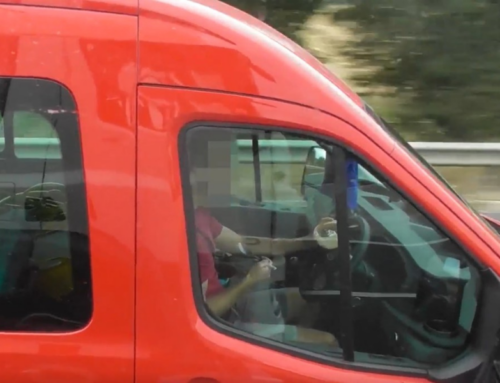Vehicle maintenance during lockdown is a challenge. Of course, it should always be a key priority for fleet operators. Ensuring your vehicles are roadworthy is a critical element of compliance with legal and regulatory frameworks, of reliable service provision to customers, and in keeping your drivers safe and protected at work.
The perils of vehicle maintenance during lockdown
However, the evolving COVID-19 pandemic has introduced new challenges with regard to vehicle maintenance. Many fleet operators have been forced to furlough their drivers and park up their vehicles – which can increase the likelihood of those vehicles developing problems whilst they are off the road. At the same time, many garages and service outlets have been closed for business as their services were deemed non-essential – making it more difficult for fleet operators to get any problems looked at.
The government has made a number of announcements relaxing the requirements for vehicle maintenance, in an effort to help fleet operators manage this unusual time. MOTs for heavy vehicles have been suspended for up to three months, and a six-month MOT extension has been put in place for cars, vans and motorcycles.
It is important, however, for businesses to understand that even with these extensions in place, they still have a responsibility to keep their vehicles roadworthy. Tyres must still be legal. Everything must still be working correctly. Organisations should keep their drivers aware of the importance of regular checks – and also consider deploying mobile mechanics where possible. Indeed, we have seen an increase in the use of mobile mechanics over recent weeks as it is a reliable way of ensuring that a competent person is inspecting the vehicle in question.
Planning your maintenance during the pandemic
Something we’d absolutely recommend employers do is plan for getting their vehicles servicing and maintenance up to date again. There is a huge backlog building up so get your vehicles booked in early to minimise any unnecessary business disruption. If you’re vehicles are still unused, and you’re not yet able to get back to business, there are simple steps which can be taken to help maintain roadworthiness while a vehicle is not being regularly driven. Most people are aware of the risk of a battery going flat, but getting the vehicle started and moving it around every few weeks is useful too.
We’d recommend, for example, turning the cooling systems on because air conditioning gas acts as a lubricant which needs to be circulated – leave the vehicle at a standstill for too long and it could develop a gas escape, which, though a relatively minor issue, will add to costs when you’re looking at getting these vehicles back on the road.
Likewise, moving the vehicle regularly will ensure it does not develop flat spots on its tyres.
Free COVID-19 Transport Toolkit
For further advice on how to get your fleet back to work following a period off the road, click here to access our COVID-19 Transport Toolkit. As the lockdown restrictions are progressively lifted throughout June, with some businesses encouraged to go back to work on the 1st and non-essential retail to reopen from the 15th, we will be publishing lots of new resources to help you get your drivers and vehicles back to work safely and ensure your business processes keep up.






